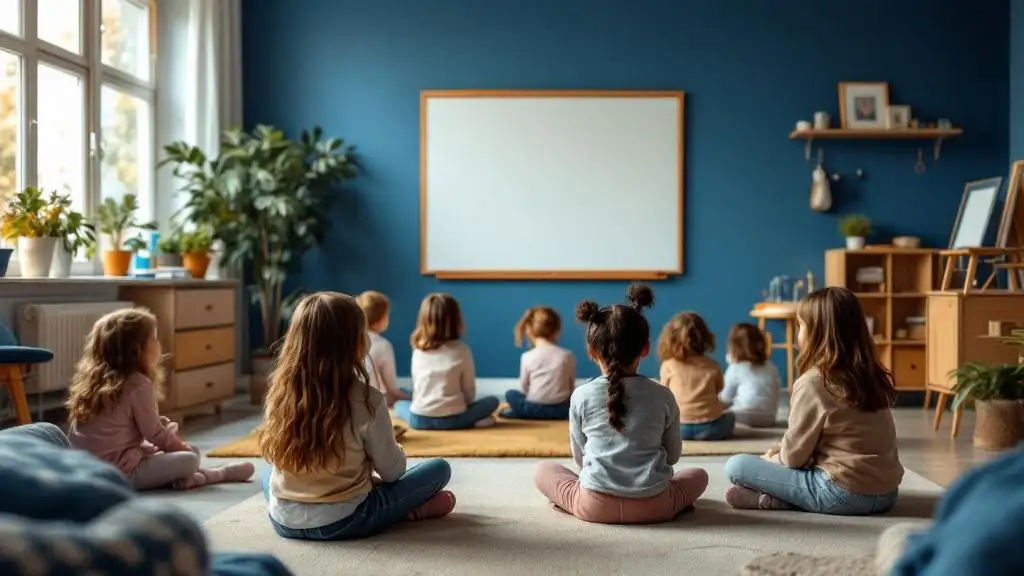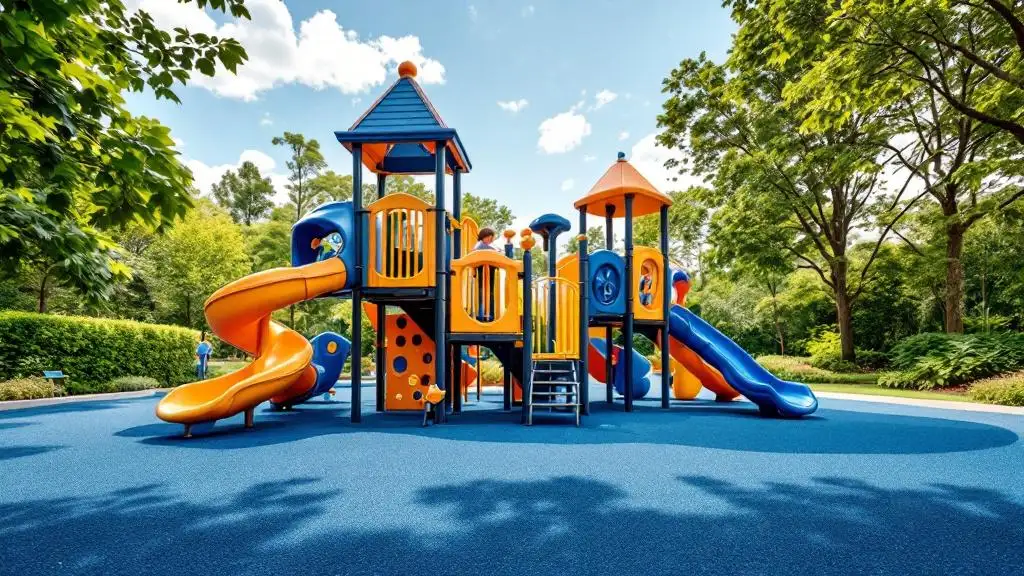
Understanding the Importance of Speech Therapy for Children with Cleft Palate
Children born with a cleft palate often face unique challenges in developing clear speech, impacting their social interactions and academic participation. Speech therapy is a cornerstone intervention designed to support these children in achieving effective communication. This article explores how speech therapy is integrated into the comprehensive care of children with cleft palate, highlighting the techniques used, the timing of intervention, the role of caregivers, and the positive outcomes achievable through early and ongoing support.
When to Initiate Speech Therapy in Children with Cleft Palate
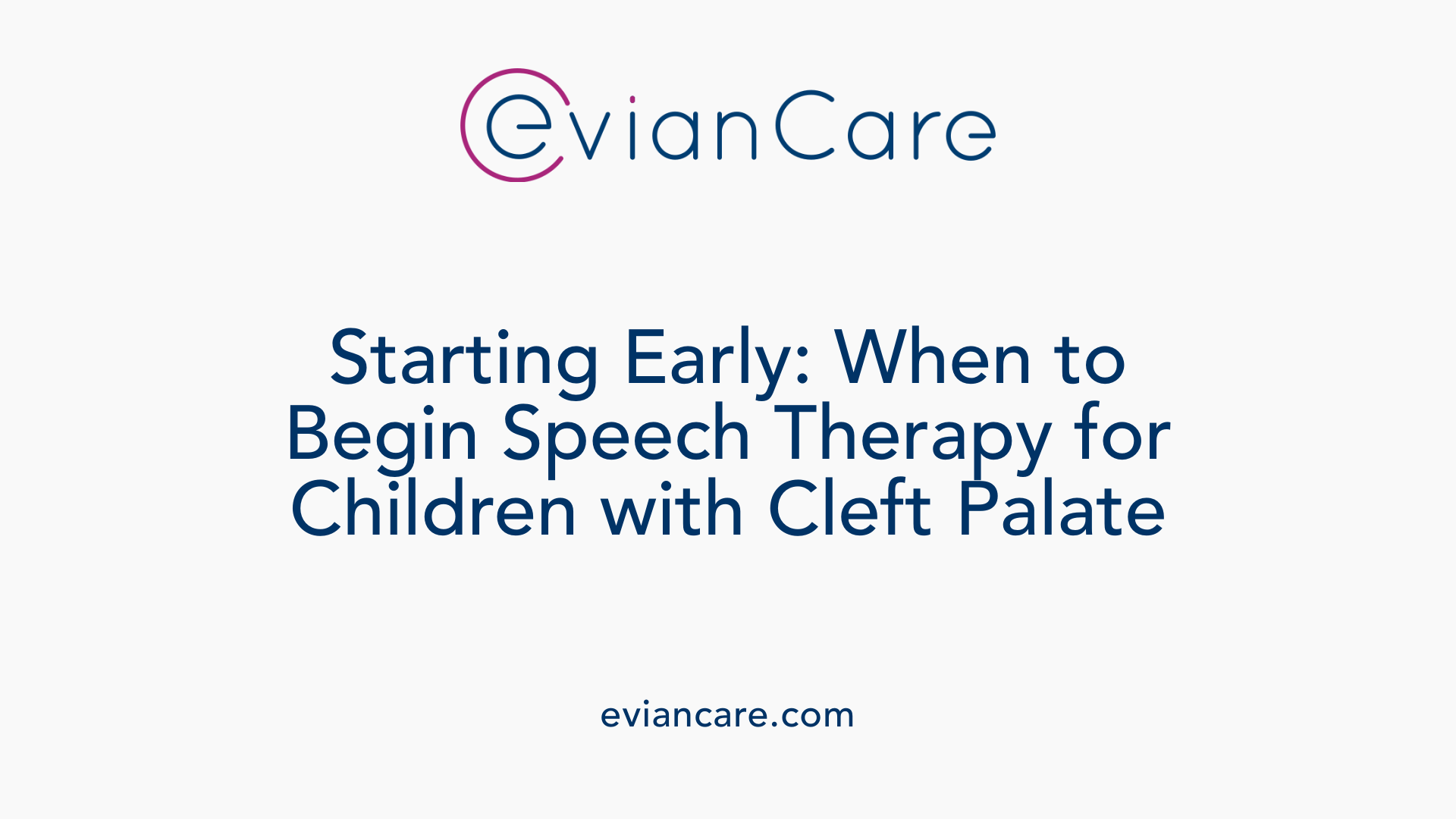
When should speech therapy begin for a child with cleft palate?
Starting speech therapy at the right time is crucial for children with cleft palate to ensure optimal speech development. Ideally, therapy begins early, often around 18 to 24 months of age, when initial speech and language milestones are emerging.
Before surgery, emphasis is placed on stimulating basic speech sounds, especially nasals and glides like /m/, /n/, /w/, and /y/, through simple babbling, play, and parent-infant interaction. Parents are trained to reinforce these sounds at home, supporting early speech exploration.
After surgical repair, children may start targeted speech therapy within a few weeks if they demonstrate persistent speech errors such as hypernasality, nasal emission, or compensatory articulation errors. The focus during this period is to develop a clear oral airflow, correct placement of articulators, and reduce abnormal speech patterns.
Regular assessment by speech-language pathologists (SLPs) helps monitor progress. Therapy is typically initiated if ongoing speech issues, especially those affecting intelligibility, are identified after age 2.
The ultimate goal of early intervention is to help children achieve age-appropriate, intelligible speech by ages 5 to 6. This supports successful social interactions, educational participation, and overall communication development.
Timely speech therapy combined with surgical and orthodontic treatments allows children with cleft palate to overcome speech challenges effectively, promoting better quality of life.
Supporting Children and Families During Speech Therapy

How can parents support their child during speech therapy for cleft palate?
Parents play a vital role in helping children succeed in speech therapy. Active involvement includes reinforcing techniques learned from the speech-language pathologist (SLP) at home. Attending therapy sessions when possible allows parents to understand the strategies used, making it easier to maintain consistency in practice routines.
Creating a supportive, language-rich environment is essential. Parents can encourage vocal play, model correct speech sounds, and facilitate oral airflow exercises. These activities support speech development and ensure practice is engaging and fun for the child.
Staying informed about their child's specific issues helps parents tailor their support efforts. Following the SLP’s guidance on correct articulation and resonance exercises ensures that practice is effective.
Frequent communication with healthcare professionals is also important. It helps in making necessary adjustments to therapy strategies and keeps the support coordinated. This proactive approach can significantly improve the child's progress and confidence in speaking.
Overall, parental involvement through consistent practice, supportive interactions, and open communication fosters a positive environment that supports the child's speech development journey.
How Speech Therapy Supports Speech and Language Development
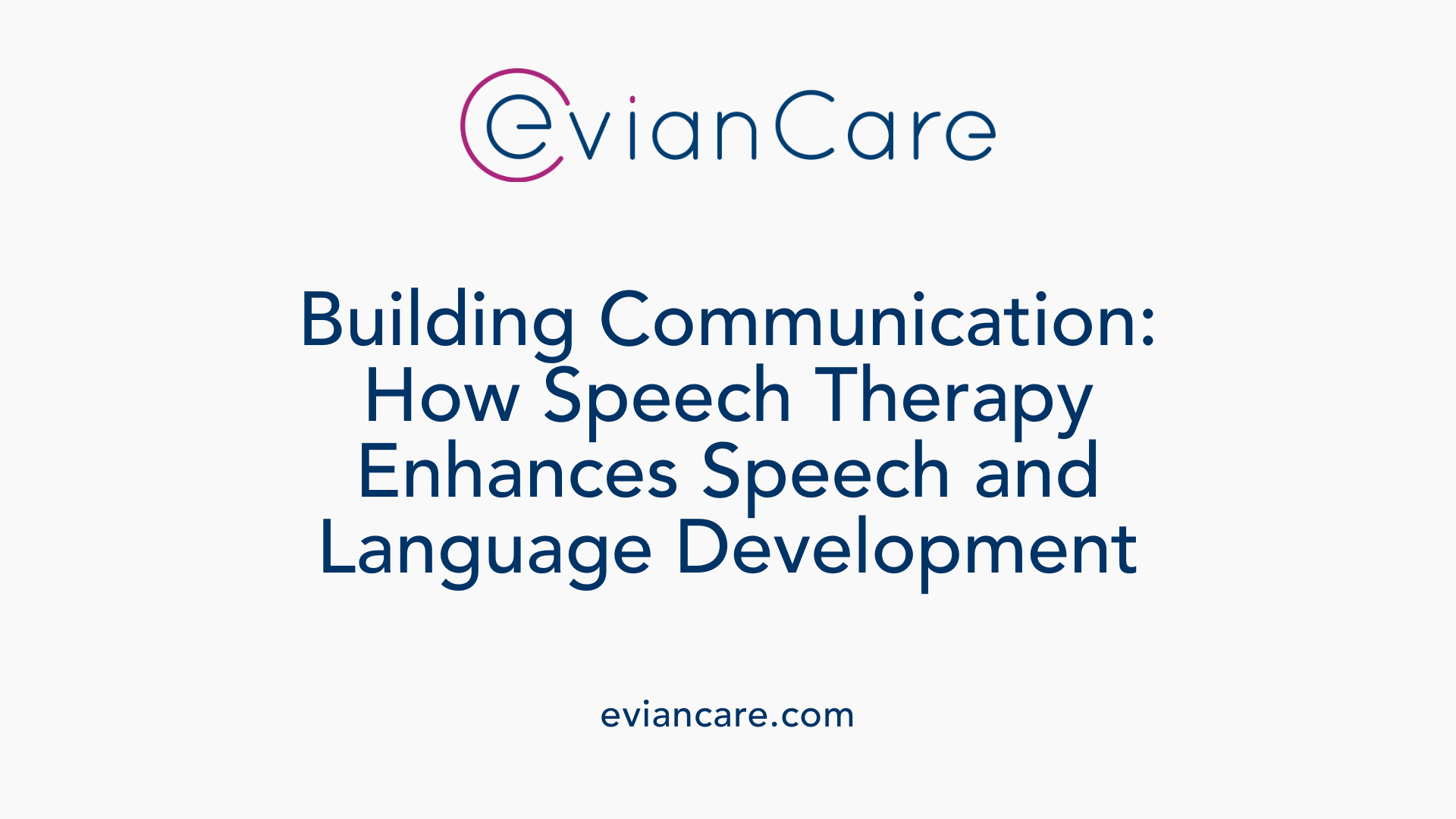
How does speech therapy aid speech and language development in children with cleft palate?
Speech therapy is essential for helping children with cleft palate develop clear, understandable speech and improve their overall communication skills. Speech-language pathologists (SLPs) use a variety of targeted techniques to address the unique speech challenges faced by these children.
One of the primary goals is correcting articulation errors, such as misarticulations of sounds like /r/, /l/, /s/, and high-pressure consonants like /p/, /b/, /t/, and /d/. These errors often result from structural issues or learned maladaptive speech habits. Through exercises that focus on proper placement of the lips, tongue, and vocal folds, therapy helps children produce sounds correctly.
Resonance management is another key element of therapy. Children with cleft palate often present with hypernasality or nasal air emission due to velopharyngeal insufficiency (VPI). Speech therapy aims to improve oral resonance by reducing nasal airflow during speech, using feedback and specific speech tasks. While structural problems may require surgical correction, therapy can improve speech quality and reduce nasal turbulence.
Improving speech intelligibility involves establishing consistent speech patterns and building oral pressure support for consonant production. Activities like practicing syllables, words, and sentences help children develop functionally correct speech sounds and increase their vocal clarity.
Parents and caregivers play a significant role in supporting progress by practicing speech exercises at home, guided by the therapist. Early intervention, ideally soon after diagnosis or repair, results in better outcomes and helps children participate confidently in social, educational, and community activities.
In summary, speech therapy addresses both motor speech errors and resonance issues. Although it cannot directly change the structural aspects of the palate, it significantly enhances speech clarity and communication, enabling children with cleft palate to speak more effectively and engage more fully in daily life.
Therapeutic Techniques and Methods Used in Speech Therapy

What techniques and methods are used in speech therapy for children with cleft palate?
Speech therapy for children with cleft palate involves a variety of techniques designed to improve speech clarity, resonance, and muscle coordination. These methods aim to address both learned speech errors and compensate for structural challenges.
One common approach is articulation therapy, which focuses on correcting placement errors of speech sounds. Therapists work with children to learn how to position their lips, tongue, and palate correctly during speech. This often includes shaping sounds from correct or approximated production and practicing high-pressure consonants such as /p/, /b/, /t/, and /d/. Repetitive exercises like syllable practice with sounds like /pa, pee/ help emphasize proper placement.
Resonance issues, such as hypernasality caused by velopharyngeal insufficiency (VPI), are addressed through resonance and velopharyngeal function training. Therapists use visual and auditory feedback to teach children how to produce sounds with appropriate nasal and oral airflow. Techniques like nasal occlusion, listening tubes, or nasal-oral feedback devices enable children to become aware of nasal emission or excessive airflow and develop better control.
In addition, therapy often employs assistive tools and real-time feedback mechanisms. These include nasal-resonance aids, visual cues, and sometimes electronic devices that help children monitor their speech production. Shape exercises from correct phonemes, guided by auditory and visual cues, reinforce correct articulations.
Other methods include oral-motor exercises, which focus on improving the coordination of speech muscles rather than their strength. Though these exercises are often used, current evidence suggests they are not effective in increasing velopharyngeal muscle strength but may help with coordination.
Therapists might also use shape and elicit specific sounds to target common speech errors like glottal stops, nasalized vowels, or compensatory articulations. They often incorporate parent or caregiver involvement, encouraging practice at home through activities like naming objects, singing, or playing with speech-focused toys.
It’s important to mention that speech therapy cannot rectify structural issues such as a short or dysfunctional velum. These cases may require surgical or prosthetic management to achieve optimal speech outcomes.
By combining these techniques—articulation correction, resonance training, feedback tools, and parent participation—speech therapy helps children develop clearer speech and better communication skills, contributing to social and educational participation.
Assessment and Planning of Speech Therapy
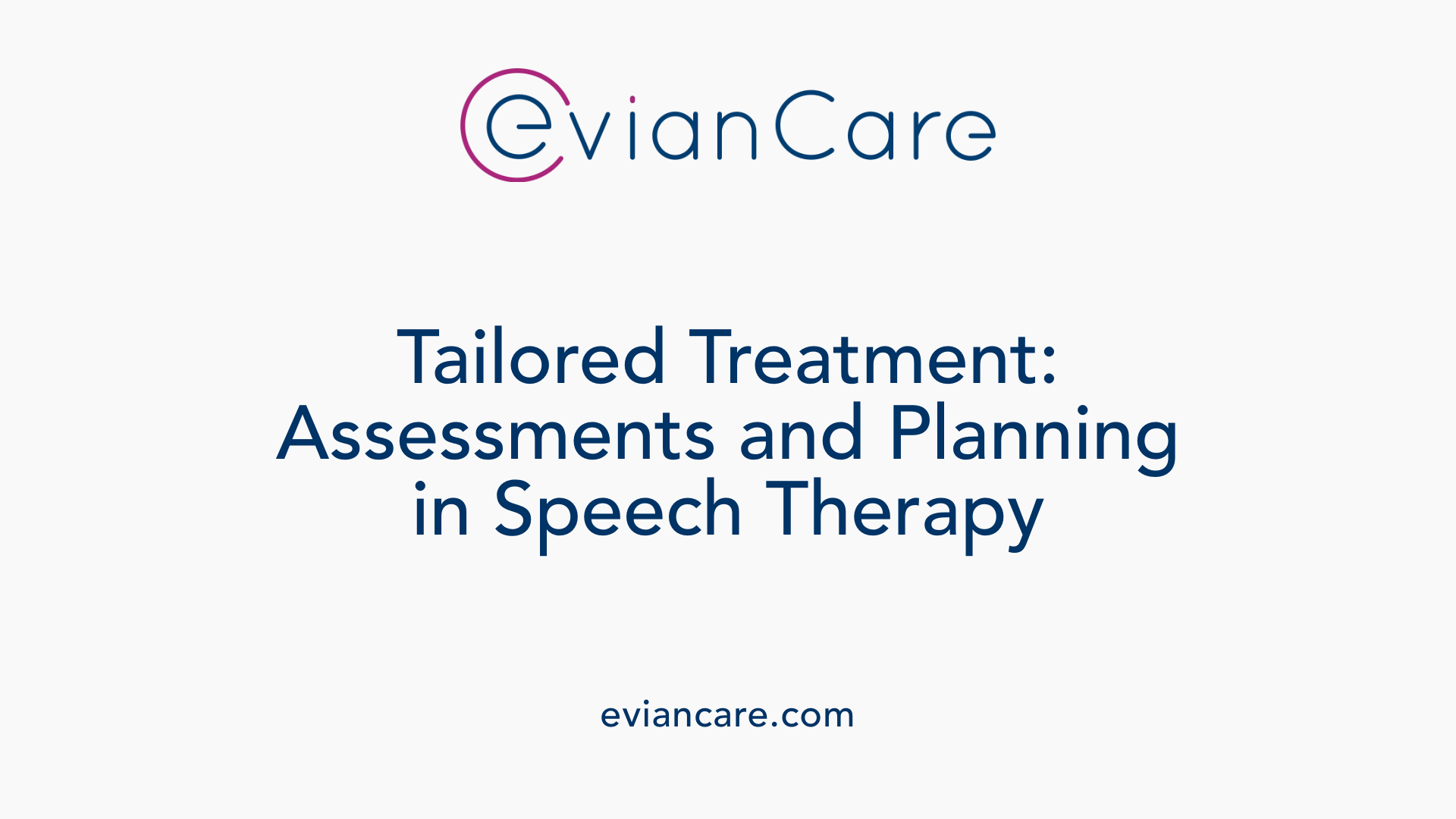
What assessment procedures are used to plan speech therapy for children with cleft palate?
Planning effective speech therapy for children with cleft palate relies on comprehensive and detailed assessments conducted by a multidisciplinary team. These evaluations start with reviewing the child's medical and developmental history and include audiologic and feeding assessments to identify any hearing loss or feeding difficulties, respectively.
A crucial part of assessment focuses on the oral-motor functions, examining how the child's lips, tongue, and soft palate work together during speech. Speech assessments usually involve perceptual evaluations, where trained speech-language pathologists (SLPs) listen for issues like hypernasality, hyponasality, nasal air emissions, articulation errors, and overall speech intelligibility.
To gain detailed insight into velopharyngeal function—whether the soft palate is closing properly during speech—instrumental assessments are often used. These include:
- Nasometry: Measures nasal airflow and resonance patterns.
- Videofluoroscopy: X-ray imaging capturing the movement of muscles and structures involved in speech.
- Nasendoscopy: A fiberoptic scope inserted through the nose to visualize the velopharyngeal mechanism directly.
Further evaluations encompass language development, voice quality, and hearing ability, since hearing impairments can influence speech development and correction.
Typically, assessments are performed initially around 18-24 months of age and revisited at age 3, aligning with critical stages of speech development. The data gathered from these assessments guide personalized treatment strategies, including targeted speech therapy techniques and decisions on possible surgical revisions. Early detection and ongoing monitoring are vital for achieving the best communication outcomes for children with cleft palate.
Outcomes and Effectiveness of Speech Therapy
What are the expected outcomes and effectiveness of speech therapy for children with cleft palate?
Speech therapy plays a vital role in helping children with cleft palate improve their speech and communication skills. Many children see significant benefits, with studies showing that between 61% and 87% of patients experience meaningful improvements in speech clarity, resonance, and overall intelligibility.
Younger children, particularly those under the age of 6, tend to respond better to therapy. In fact, about 80% of these children can achieve speech production levels that are comparable to their peers after receiving appropriate speech therapy. Early intervention is crucial because it helps establish correct speech patterns before maladaptive habits become ingrained.
The duration and approach of therapy can influence outcomes. Longer-term therapy programs, especially those employing a linguistic-phonological framework—focusing on sound patterns and language structure—are linked to better success rates. Consistent, tailored therapy improves articulation, reduces hypernasality, and minimizes compensatory speech errors.
Children with isolated cleft palate generally have a slightly better prognosis compared to those with additional craniofacial anomalies. Parental involvement and naturalistic interventions, where caregivers practice speech activities at home using simple, engaging methods, also contribute positively.
Despite progress, ongoing research emphasizes the need for high-quality studies. These would help refine therapy techniques, determine optimal timing and intensity, and identify which approaches work best for different children.
Overall, speech therapy not only enhances speech production but also improves a child's ability to participate fully in social and educational activities. When combined with surgical and dental interventions, it significantly raises the potential for better communication outcomes, thereby improving quality of life.
The Lifelong Benefits of Speech Therapy in Cleft Palate Management
Consistent and early speech therapy is vital in helping children with cleft palate develop clear, effective communication skills. Through a combination of tailored techniques, parental involvement, and ongoing assessments, speech therapy not only improves speech intelligibility but also bolsters confidence, social participation, and academic success. As part of a comprehensive, multidisciplinary approach, speech therapy offers children with cleft palate the best opportunity to overcome speech challenges, succeed socially, and lead fulfilling lives.
References
- Speech - Cleft Lip & Palate Association
- Cleft Lip and Cleft Palate - Speech - ASHA
- Speech & Cleft Care | Help for Patients and Families - Smile Train
- How Speech Therapy Creates Opportunities for Patients Who ...
- [PDF] Speech Therapy Techniques: For Errors related to Cleft Palate or ...
- Communication disorders in individuals with cleft lip and palate
- Can Speech Therapy Help a Child with Repaired Cleft Palate?
- Speech Therapy for Children with Cleft Palate - Banner Health
- Early Intervention in Children with Cleft Palate - The ASHA Leader
- Speech-Language Therapy for Children With Cleft Lip or Cleft Palate




